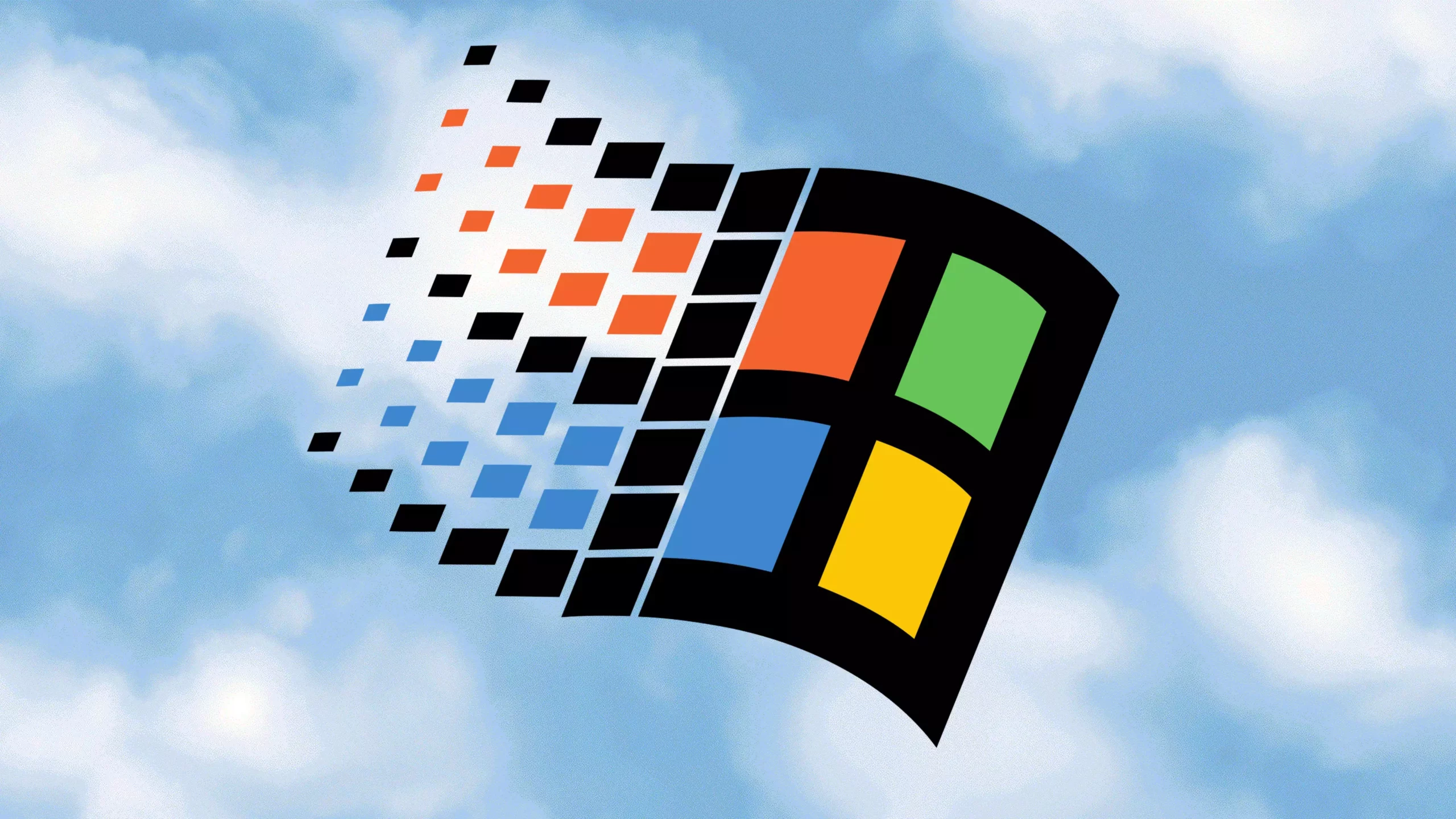In a world where technology advances at an extraordinary pace, the idea of running an operating system as archaic as Windows 95 on a gaming console designed for a different era is foolhardy yet fascinating. It begs the question: why would anyone devote time and resources attempting to bridge the gap between a long-dead software predecessor and a beloved gaming device? However, as the YouTube channel MetraByte demonstrated, there is a unique blend of nostalgia and curiosity driving this audacious endeavor. The PlayStation 2, a console that defined a generation, becomes the unlikely host for a system that launched its run in the mid-90s.
Modders have long walked the tightrope between passion projects and impracticality, yet such undertakings reveal the unyielding desire to push boundaries in the tech landscape. The undertaking of trying to install Windows 95 on a PlayStation 2 challenges assumptions about the capabilities of older hardware and reinvigorates a sense of adventure. However, approaching this installation involved more than just dreaming about the whimsical compatibility of a modern mouse and keyboard on the PS2; it required a deep dive into an outdated codebase and a world of emulators.
The Emulator Conundrum
Windows 95 operates on x86 architecture, while the PS2 employs MIPS-based processing units, a discrepancy that could signal disaster for most. But this is where MetraByte’s ingenuity takes center stage. The first hurdle lies in harnessing a suitable x86 emulator to make the operation viable, surely an obstacle that would discourage many. Installing an emulator is often a labyrinthine process filled with compatibility issues, and this endeavor is no different.
The entertainment in MetraByte’s video is reminiscent of the struggles faced when installing operating systems on old PCs, where technical hiccups abound. Navigating the maze of software is as frustrating as it is enlightening, presenting viewers with a theatrical saga where the humble ambition of running an iconic operating system competes against a wealth of unexpected challenges. The experience highlights the inherent complexity of retro computing and the resilience of those who refuse to be deterred.
Quirky Hardware Interactions
What stands out in MetraByte’s road to “Playdows 95″—or “WinStation 95” as some may jest—is the unpredictable interaction between the console’s hardware and the universal elements of Windows 95. One might envision a fairly simple system where keyboards and mice immediately sync and function as intended. Instead, what MetraByte found was a stubborn refusal on the part of the PlayStation 2’s hardware to recognize a standard mouse—an essential component for an optimal gaming experience, particularly when it comes to classics like Doom.
While the keyboard-gamepad hybrid might suffice for some inputs, it certainly doesn’t rewrite the rule book on ease of use. The refusal to cooperate reminds us that in the world of technology, the ‘plug and play’ ethos we judge modern devices by fails spectacularly in the realm of hardware that’s two decades old. The battle becomes not just about getting the software to run, but about coaxing the hardware to cooperate in a union that feels increasingly one-sided.
Doom: The Ultimate Benchmark
Why run Windows 95 on a PlayStation 2? The answer leads us to one of gaming’s most emblematic titles: Doom. The pursuit of nostalgia is palpable, with an almost universal agreement on the idea that classic games like Doom led the way for what we enjoy today. However, as MetraByte’s expedition indicated, even this iconic title faced an uphill battle. Historically playable with a keyboard, it nevertheless demands a mouse for optimal enjoyment—a simple requirement that stymied our modder despite the determined efforts.
In an attempt to revive a classic experience amidst the chaos of running an aged OS, the installation encapsulates both triumph and defeat. It paves the way for reflection on how far gaming has come while also showcasing the underlying charm of retro gaming. It’s a powerful reminder that while technology has evolved tremendously, the essence of gaming lies in our emotional connections with its origins.
The experience also captures the inherently absurd charm of tech modding, as experienced modders continually flirt with the improbable, delving deep into nostalgia while pushing boundaries in ways that resonate with both hardcore enthusiasts and casual observers. It’s this spirit of exploration that lays the groundwork for creativity in transforming old tech into new possibilities, igniting conversations about the importance of preserving the digital heritage we hold dear.

